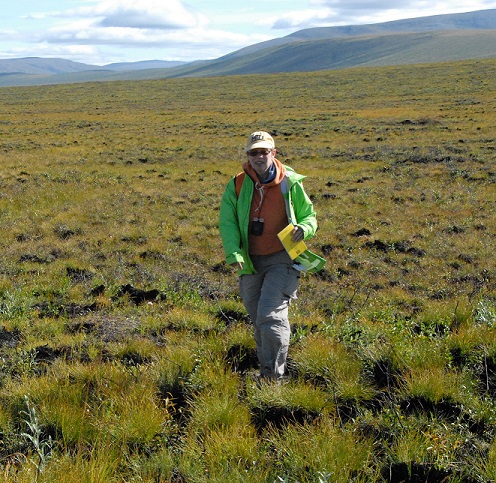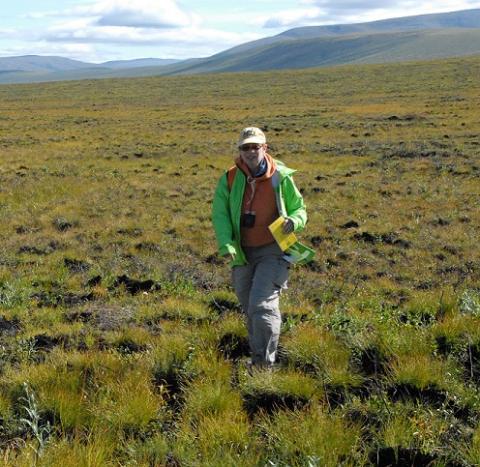The ingredients necessary to create a wildland fire are simple: a source of fuel, heat to bring the fuel to its ignition temperature, and oxygen to sustain the resulting combustion. As the fire burns, it releases smoke and other emissions. One of these emissions is carbon, the sixth most abundant element in the universe and an essential component of life on Earth. Carbon is continually cycled through processes such as burning and the decay of organic material. The integrated processes of wildland fire and carbon cycling form the cornerstones of Dr. Nancy French’s research.
Dr. French's use of remote sensing data and the application of remote sensing techniques in her research was recently highlighted by NASA's Earthdata website in their continuing series that asks the question "Who uses NASA Earth science data?"
To read more about Dr. French's work and her use of NASA Earth science data, see "User Profile: Dr. Nancy French"
To see Dr. French's data archived at the ORNL DAAC see the following data sets:
Annual wildland fire emissions (WFEIS v0.5) for Conterminous US and Alaska, 2001-2013
NACP Integrated Wildland and Cropland 30-m Fuel Characteristics Map, U.S.A., 2010
ABoVE: Burn Severity, Fire Progression, Landcover and Field Data, NWT, Canada, 2014


